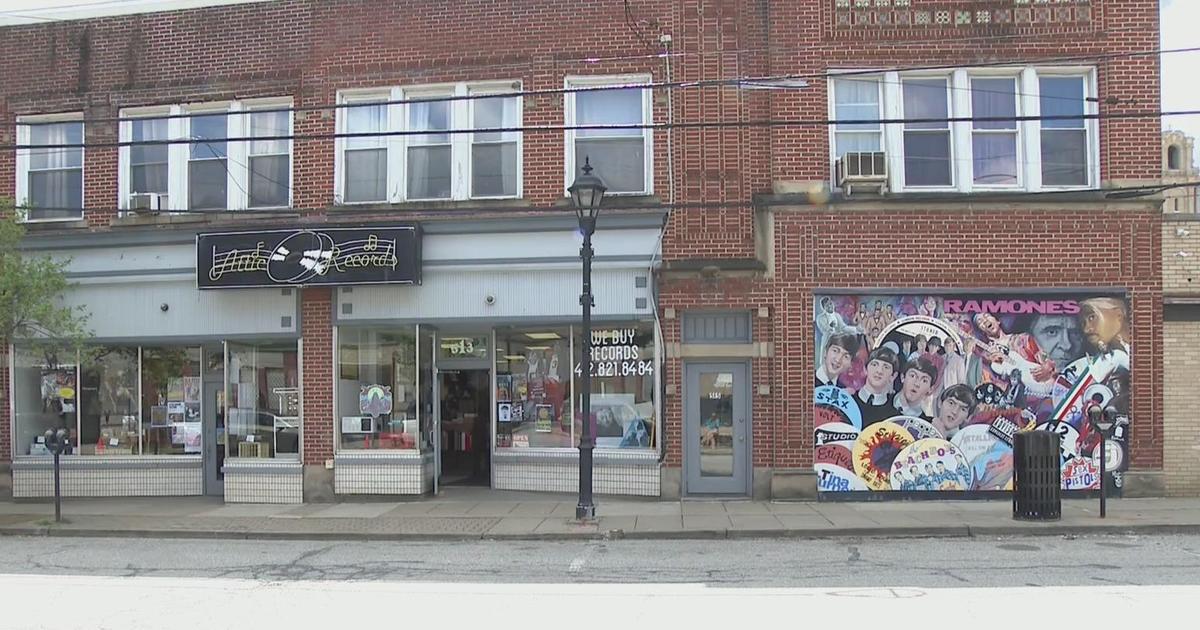Good Housekeeping Researchers Perform Test After Test Before Giving Out Seal
NEW YORK (KDKA) -- For more than 100 years, consumers have been relying on the Good Housekeeping seal. But how do companies get that seal?
KDKA Consumer Editor Susan Koeppen went to New York City for a behind-the-scenes look at the Good Housekeeping Research Institute to find out.
At the Institute, they test everything from popcorn to pillows.
It's fascinating to see what goes on behind the scenes. She even -- willingly -- went into a room that was set at 27 degrees.
The GHRI sits on the 29th floor of the Hearst Tower in midtown Manhattan.
"It depends on the day, week, the month, the year, but every year we look at thousands of products," says Rachel Rothman of the Good Housekeeping Research Institute.
From bras to boots to refrigerators to blenders and pots and pans, you name it, they are testing it.
In the kitchen, recipes are tried not once, not twice, but three times to make sure they work.
In another lab, they drop stuff.
"Afterwards, we would inspect the product. We would drop it a few more times," says Rothman.
In the beauty lab, they have a machine to track wrinkles while testing creams.
And, some plastic heads with real human hair are currently being used to test volumizing mousse.
"We are going to be using a volumizing product on one half and the other side is going to have no product and they are going to be blown out," says Birnur Aral, who runs the beauty lab.
There is also a lab where they make stains and test products to clean them up.
Carolyn Forte, the director of home appliances and cleaning products, does laundry for a living at the GHRI.
To test a stain-buster and a washing machine, she smeared grass and ketchup, along with other common stains like ink and wine, into a white swatch of material.
After an hour in the washing machine, she analyzes the stains. In our test, everything came out except mustard and spaghetti sauce.
"When it comes to washing machines, you are hard pressed to find a machine that doesn't wash your clothes; but detergent, some are better than others," says Forte. "The best thing is to attack quickly, pre-soak or pre-treat stains, and don't wash them in too hot of water."
Forte says hot water is good for getting out greasy stains, grass and mud. Cold water is best for blood, tea, wine, juice and berries.
There's one thing you should never do though.
"The cardinal rule of stain removal is never ever put it in the dryer unless you know the stain is absolutely out," says Forte.
Visit Good Housekeeping's website here!
RELATED LINKS:
More Consumer News
More Reports by Susan Koeppen
Join The Conversation On The KDKA Facebook Page
Stay Up To Date, Follow KDKA On Twitter



